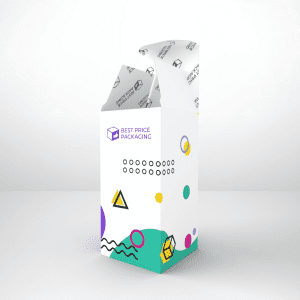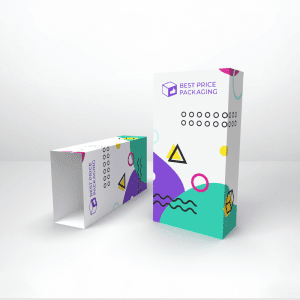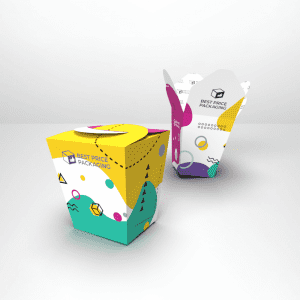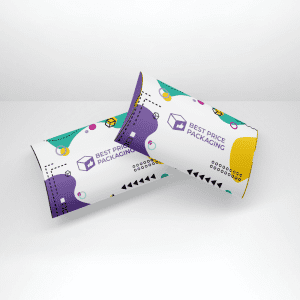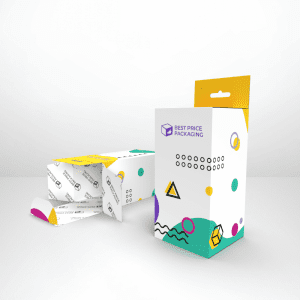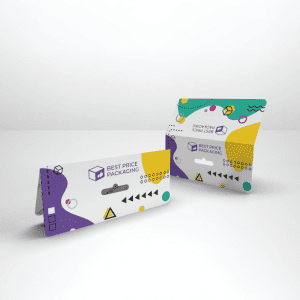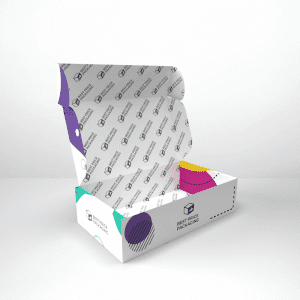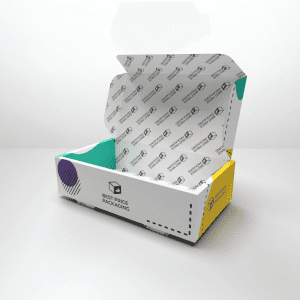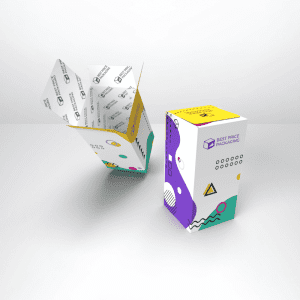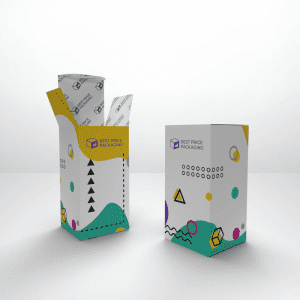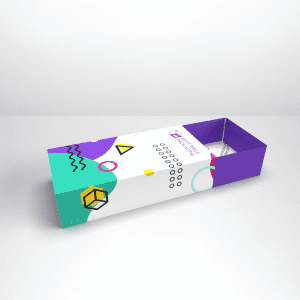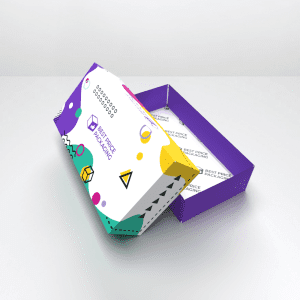
BOX STYLES Guide for Card Stock and Corrugated Boxes
Packaging plays a crucial role in ensuring the safety and presentation of products. So, Choosing the best box style for your packaging needs is also essential. We will explore various packaging styles with their benefits.
It encompasses various aspects such as the box’s shape, size, closure method, and material. From the material perspective, It could be a corrugated, cardboard, or rigid box.
Many people find selecting the best packaging to be an enjoyable task.
Your goal is to create high-quality boxes at affordable prices. We created this guide to simplify packaging terminology. We start with the basics, of course.
Importance of Packaging Box Style
The importance lies in their ability to provide suitable packaging solutions for a wide range of products and industries. Here are some key reasons why they are significant.
Corrugated Box Styles Engineered for Product Protection
Corrugated boxes protect products during shipping, storage, and handling. They prevent damage so products reach customers safely.
The corrugated board protects goods in transit. Corrugated boxes come in styles like regular slotted containers, five panel folders, and shipping boxes. The several layers in corrugated board construction boost protection.
Making Unboxing an Impactful Brand Experience
Unique shapes, colors, and branding elements make unboxing memorable, building brand recognition and loyalty. For example, five panel folder is the common box that brands use and makes many customizations.
Packaging enables effective marketing communication. Product information on the label and box conveys essential messages. And add-ons like Foil stamping attracts customers.
Versatility in Packaging Style
Packaging styles offer versatility to accommodate various product sizes, shapes, and weights. Box layouts suit diverse packaging needs, from small retail items to large industrial equipment.
Efficient Packaging
Custom boxes optimize packaging efficiency. They enable easy assembly, quick loading, and secure closure. Well-designed boxes optimize space and handling.
Slotted Box Style For Corrugated Boxes
There are many different styles for corrugated boxes. FEFCO created a system called the International Fibreboard Case Code that sorts 100+ box types into nine groups.
The 02 series designates one of these groups, which covers what we know as Slotted Boxes. This style constructs from corrugated cardboard folded at joints along the side panels. The most prevalent version in the 02 series is the 0201 or Regular Slotted Container (RSC).
This article will discuss the RSC and six other common slotted box variations. By examining the different types in the slotted box family, we can better understand the range of options.
Regular Slotted Container (RSC)
It is a most common and versatile style used for many purposes. Constructed from a single piece of corrugated board, It consists of two inner and two outer flaps. The outer flaps are equal in length and meet in the middle. The inside flaps meet halfway at the corner.
Overlap Slotted Container (OSC)
It is similar to the regular slotted container. The only change is outer flaps at the top and bottom of the box overlap about one inch. The outer flaps overlap and provide extra structural rigidity when stacking during transport and storage of heavy objects.
Full Overlap Slotted Container (FOL)
It has all flaps equal in size. But, when you close the box, the outer flaps completely cover the inside flaps. It has an extraordinary resistance to harsh handling. We attach the flaps to the top of the case for better cushioning and protection.
Half Slotted Container (HSC)
Unlike standard containers, the style is the the same as regular slotted containers except that the top part is without flaps.
Center Special Slotted Container (CSSC)
The first slotted style cuts the inner and outer flaps to different lengths. Each flap is placed in the central part of the box. The inner flaps without gaps offer a level base to the product.
Center Special Full Overlap Slotted Container (SFF)
The Center Special Full Overlap Container box utilizes lengthwise flaps and side flaps of varying lengths. The inner flaps meet at the center point when folded, while the outer flaps feature an extended length to fully overlap the end panels and inner flaps for closure.
Center Special Overlap Slotted Container
The inner flaps meet at the center, and the outer flaps partially overlap the inside flaps when closed. The outer flap overlap depends on the box's length-to-width ratio, with the length not exceeding twice the width.
Telescoping Boxes
Telescoping boxes divide into two parts: top and bottom. Most People know it as a two-price box. The top lid is about one-third of the total height in this style. The product is available in different unglued and pre-glued styles and configuration types.
One Piece Folder (OPF)
It is an ideal style for shipping flat items. The One Piece Folder is also called a briefcase box, “bookfolds”, or book wraps.
It has a flat bottom with short flaps on the sides and bigger gaps at the front, back, and sides. The flap joins on top or overlaps, depending on the depth. Each panel on the Bookfold has a scoring system (creased) in varying depths.
A single-pocket folder organises smaller items like books or photos - typically written on whiteboards.
Roll end tray or tray with self locking ends
The design builds on an unbroken panel with several corrugated layers between the ends of the fifth panel. Trays are not shipping containers. People often use them to store or display delicate items or as letter boxes. Sometimes people also use them in other ways.
Interlocking Double Cover Container (IC)
It is a heavy-duty corrugated box style that handles heavy and large products. This sturdy box features double-layered covers that interlock for extra strength and security. The cover locks well and is good for big and heavy appliances like washing machines, dryers, fridges, and dangerous materials.
Snap Lock or 1-2-3 Bottom with Top Tuck closure or Regular Slotted Container (RSC) Style Flaps
These types provide quick and easy box setups. They are helpful for smaller businesses that don't need automated box setup equipment. This box can handle heavy items.
Cotton Bags
Cotton is an ideal packing material for retail packaging. Generally, cotton is an inexpensive and sustainable material and is very durable. This helps companies to show their Sustainability Values in packaging and marketing strategies.
Also, because cotton bags or pouches can be reusable, they will remain relevant to your consumers long after buying. It's a very versatile material.
Box Style Conclusion
In summary, box styles are essential in the packaging industry as they ensure product protection, enhance efficiency, represent the brand, offer versatility, support sustainability, and enable effective marketing and communication. The second crucial part is knowing what packaging materials are needed for a product. How we use this to communicate our brand's message is equally important.
FAQs
Box styles refer to the different types, shapes, and configurations of boxes used for packaging products. Some most common box styles include Regular Slotted Carton (RSC), Half slotted Carton (HSC), Full Overlap Slotted Carton, Center Special Slotted Carton, Five Panel Folder, Roll end Tray, Jewelry Box, etc.
If you decide to create a custom box style. It'll be necessary to see your product from the perspective of your customer. If you're unable to find out your demographics yet, then you need research. Check what others are doing and read articles on custom packaging and expertise. And design mood boards to help you develop the box style of your products in the future.
When it comes to box styles, there are various types available used for packaging, shipping, and displaying products. The most common packaging styles include rigid box, corrugated box, folding carton or cardboard box, etc.
The five elements of packaging includes packaging design ideas, materials, size with box style, labels, and solutions.
